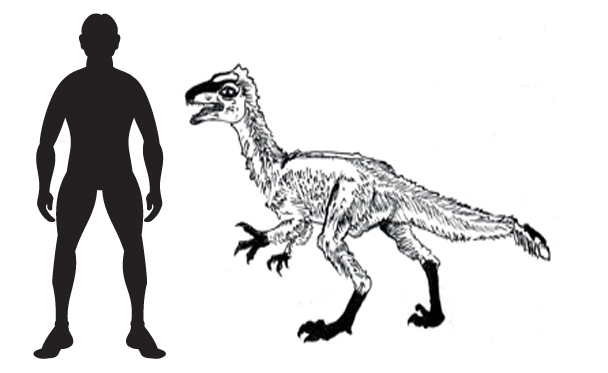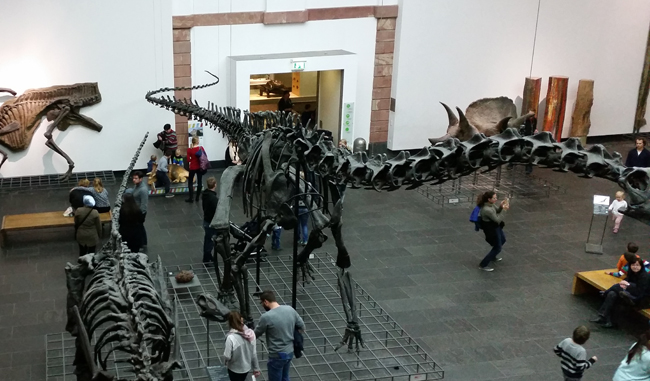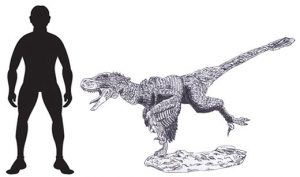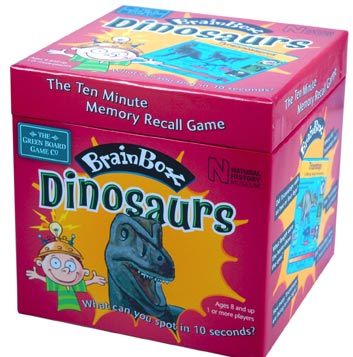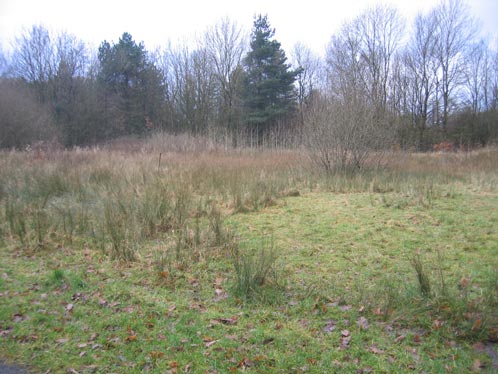Parasitic Infection Linked to Tyrannosauridae
Parasitic Infection may be Responsible for Death of Tyrannosaurus “Sue”
A new study by joint team of Australian and U.S. based scientists has put forward a theory explaining why some tyrannosaurs may have died, they suffered from a single- celled parasitic infection that caused them to have breathing difficulties and starve to death. A series of small, circular holes in the jaw bones of Tyrannosaurus rex fossils may be evidence of infection by a parasite that causes the death of modern birds such as raptors. The T. rex skeleton known as “Sue” may show signs of this parasitic infection and this may have been what finally killed this 7 tonne monster.
Tyrannosaurs
“Sue” or to more appropriate SUE-BHI2033/FMNHPR2081 (the specimen number), was discovered by Susan Hendrickson on August 12th 1990. This T. rex skeleton is perhaps the most complete found to date with approximately 80% of the skeleton recovered in the subsequent excavations. The mounted exhibit is on display at the Field Museum in Chicago (USA). The animal, believed to be female, is 42 feet long. This particular exhibit opened in May 2000, the fossil skeleton of “Sue” was auctioned at Sotheby’s in October 1997, it fetched $8.36 million USD, a world record for a palaeontological item at auction.
The fossilised remains of animals can provide scientists with an insight into the lives and traumas of prehistoric creatures. Signs of disease, traumatic injuries such as broken bones can be seen, this is called the pathology of a fossilised skeleton. In many cases, researchers can see signs of recovery, such as healing of broken bones but perhaps those examples of pathology that are not healed or show no sign of improvement may have been the cause of death of that particular animal.
This particular study, published in the online scientific journal PLoS One was led by Dr Ewan Wolff of the University of Wisconsin and Dr Steven Salisbury of the University of Queensland, Australia. In total they studied ten tyrannosaur fossils plus the fossilised remains of a number of extinct archosaurs. They concluded that T. rex and other tyrannosaurid fossils often display signs of lesions and even holes in their jaw bones.
These lesions and holes in the dentary, angular, surangular and other bones of the lower jaws have been explained away previously as being the results of face biting by other tyrannosaurs or possibly from a bacterial bone infection (Actinomycosis). However, this joint Australian and American team have speculated that the holes could have been caused by a parasite, one that regularly attacks and damages the mandibles of birds such as eagles and hawks.
The lesions and holes could be a result of the avian parasitic infection called Trichomonosis.
Commenting on the newly published paper, Dr Wolff stated:
“What drew my attention to Trichomonosis as a potential candidate for these mysterious lesions on the jaws of tyrannosaurs is the manifestation of the effects of the disease in birds”.
Trichomonosis
It is true that similar pathologies have been found in the mandibles of birds that have suffered from this parasitic infection. However, despite newspaper articles and some dramatic headlines, this parasite was very probably not responsible for the demise of an entire species. A severe infection in an individual would have caused respiratory problems and impaired the animal’s ability to eat. It may have succumbed to starvation or been weakened to such an extent that its death was a consequence of having this infection.
The evolution of tyrannosaurs is not well understood, there is a paucity of evidence in the fossil record, however, it is possible that this particular taxonomic family originated in the Late Jurassic and as such it would have evolved as part of an environmental ecosystem exposed to all sorts of other organisms that were evolving with it. It is unlikely that parasitic infections were the cause of an extinction of an entire species, but undoubtedly dinosaurs suffered from parasites and the holes in the jaw bones could be explained by an attack of Trichomonosis, certainly in studies of birds who have had this parasite, the marks on the bone do resemble those found on tyrannosaur fossils.
In the circulated pictures, the left mandibular ramus of a the Tyrannosaurus rex specimen at the Field Museum (Sue), is shown. Photographs labelled A and B show the lower jaw bones from the lateral (viewing the bone from outside the jaw) and the medial viewing the jawbone from inside the mouth. The suspect holes and lesions are indicated by the white arrows.
Diagram C shows the view of the left side of the skull of the Field Museum T. rex, the part shaded indicates the area that has been examined closely. The diagrams labelled D and E show the composition of the jaw bones and lower part of the skull with the various specific bones labelled.
Did Some Tyrannosaurs Die as a Result of Parasitic Infections
Picture credit: Everything Dinosaur
The scientists have reported that their study provides evidence of an avian transmitted disease in non-avian theropod dinosaurs. The team have also concluded that, based on the amount of lesions found in tyrannosaur fossils parasites such as Trichomonosis may have been endemic in the tyrannosaur population.
The disease may have been transmitted as tyrannosaurs fought with other members of their species, or if they fed on prey animals infected with the parasite. For example, many pigeons carry the parasite but do not seem to be outwardly affected whereas raptors that feed on pigeons can die from a parasitic infection of this nature. The parasite could also be transmitted if tyrannosaurs were cannibals and there is some fossil evidence indicating that tyrannosaurs did each other members of their kind.
A fascinating paper, one that perhaps sheds new light on tyrannosaur pathology.
Everything Dinosaur stocks numerous tyrannosaur models including the Papo range of prehistoric animal figures: Papo Dinosaurs and Prehistoric Animal Figures.



